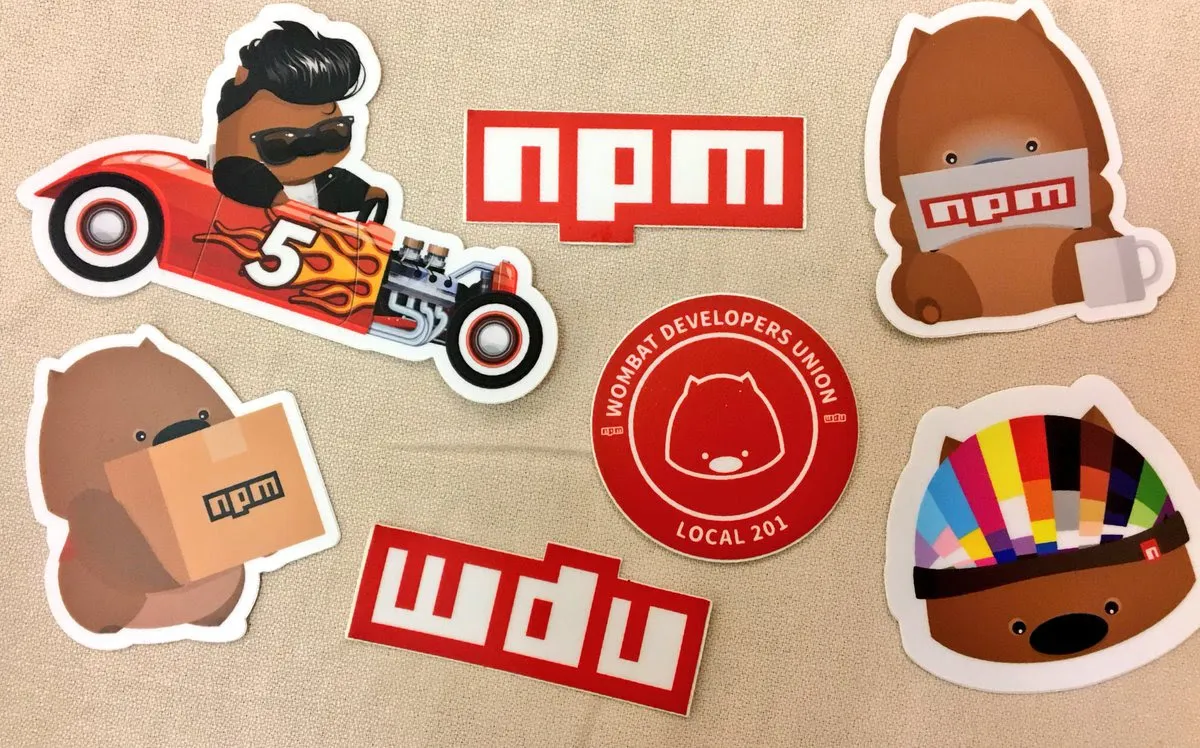Watching Elon Musk’s “go fuck yourself, advertisers” interview gave me full-body cringe. I couldn’t help but sympathize with Andrew Russ Sorkin, who was just trying to ask some reasonable questions and give this dude a chance to recover what is left of X’s brand. They weren’t softball questions, but they had answers that could have been a lot better than “fuck you in particular, Bob Iger, Disney CEO”.
Brand is hard. Harder than I ever realized when I started doing this. It needs to appeal to your target market, and if it’s going to be offensive to other people, it needs to appeal to the target market A LOT. Think Big Johnson t-shirts. I’m nowhere near their audience. I am so far from their audience that I find the product icky. They will never capture me. So they have to be precise in capturing the guys they do care about.
It’s not enough for a brand to be inoffensive. It does have to say something – if that didn’t matter, you’d always buy generic groceries, and statistically speaking, you do pay extra for at least some brand names in your market basket. One of the ways brands say something is where they advertise and who they stand next to. Teen Vogue doesn’t have the same ads as The New Yorker. Psuedo-science brands loved advertising in Discover magazine because they got an aura of science-y-ness out of it. So it makes a lot of sense that IBM doesn’t want to be advertising next to things that have the whiff of antisemitism. Especially since they have some WWII things to live down, for some people.
Brand is vibes. And it’s pretty much impossible to completely restore a damaged brand, no matter how much you spend. Some people are still and always boycotting Nestle, because of baby formula. Most people don’t know or care, but it’s there. Valujet became Airtran after months of nonstop coverage about how Valujet had not maintained their planes properly. The vibes were bad.
I see this all the time with my sticker bag. Developers aren’t going to take stickers if they feel like the brand is unpleasant for any reason. I used to go pick up hundreds of npm, inc. stickers every time I was in Oakland, and give them all away. They were adorable cartoon wombats with different theming! And then npm executed a series of what I can only describe as “dick moves” to their community team and developers, around labor organizing. And suddenly, no one wanted the stickers. They would shove them to the side of the pile, or tell me why they were mad. Nothing about the branding changed outwardly, but it was tarnished.

Twitter cared about keeping their brand as universal as possible. X is much more directed. And that’s a choice they get to make. But that choice means that a lot of people, including me, have an ick. I was paying, but I stopped when Musk completed the sale. It didn’t hurt them to lose me and subscribers like me, their income stream has always been advertising (and VC). But it’s going to hurt a lot to lose the advertisers who still remain. And if you’re advertising to middle-aged people who watch Rachel Maddow, you’ve already re-allocated your ad spend off X months ago. (I originally typed “Twitter”. I also wouldn’t recommend flushing a brand that had enormous recognition, market saturation, and neutral-to-positive connotations. Just sayin’.)
Almost 3 years ago, I wrote this post on being extremely online. Everything about the platform has changed, but nothing about the substance. It’s still vital that you think about your advertising as a dynamic, active representation of your brand. It’s still worth having someone at your company who cares deeply about your brand, enough that they read and study the theory of brand presentation and defense. Brand defense is something that consumer brands are absolutely paying top dollar to do, and software is… catching up on, slowly.
What’s the takeaway?
- Try not to tell people who give you money that you don’t want it. At least, not impulsively.
- Hire someone who isn’t just executing social media strategy, but thinking proactively about how you look to the world.
- Know exactly who you’re trying to sell to
- Preserve your options to sell to other people [1]
[1] Do you remember the Old Spice “I’m on a horse” commercial? (It was 12 years ago, try not to think about that part). It’s a product for men, but the advertising is 100% female-gaze BUT it manages to do that in a tongue-in-cheek way that means that men aren’t offended by their soap-buying partner presenting them with Old Spice.

